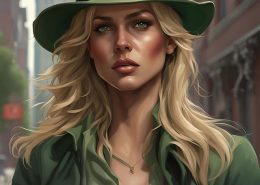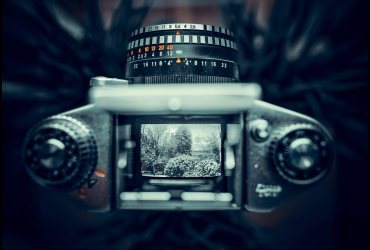Poll Results
Please login to vote and see the results.
Participate in Poll, Choose Your Answer.
In the world of comic books, the spotlight usually shines on two roles: the writer (the plotter and wordsmith) and the penciller (the primary artist who defines the forms). But there’s a crucial, often unsung role that dictates the mood, ...Read more
In the world of comic books, the spotlight usually shines on two roles: the writer (the plotter and wordsmith) and the penciller (the primary artist who defines the forms). But there’s a crucial, often unsung role that dictates the mood, the atmosphere, and even the emotional clarity of a story: the colorist.
Think of the colorist not as someone who merely “fills in” the drawings, but as the visual architect who builds the emotional house the story lives in. They control the light, the shadow, the heat, and the cold. Without their expertise, even the most beautiful line work can fall flat.
The Science of Storytelling through Colour
A great colorist doesn’t just pick pretty shades; they are masters of visual rhetoric. Their job involves complex decisions that directly impact your reading experience:
• Pacing and Focus: Color guides your eye. By using intense contrast or a sudden shift in palette, a colorist can force you to focus on a particular character or element, speeding up or slowing down the perceived pace of a panel.
• Mood and Atmosphere: The choice between warm tones (reds, yellows, oranges) and cool tones (blues, purples, greens) instantly tells your brain how to feel. A neon pink and cyan palette suggests a cyberpunk future; sepia tones evoke a dusty past.
• Dimensionality and Depth: Line work is flat, but carefully applied lighting and shading—rendering techniques like cell-shading, gradient washes, or digital painting—give figures and environments three-dimensional weight and texture.
• Establishing Signature Styles: Just like a penciller has a distinct line, a colorist has a distinct palette. When you see a certain combination of muted, earthy tones punctuated by harsh, single-source light, you know that style instantly belongs to an elite talent.
Colorist Showcase: Three Modern Masters
To truly appreciate the art, let’s look at a few of the contemporary colorists who are revolutionizing the medium and demanding that we pay attention to the colors.
1. Jordie Bellaire
Signature Style: Known for her sophisticated, often muted color palettes that emphasize character and emotional depth over flash. She’s a master of atmosphere, frequently using flat colors broken up by subtle, highly intentional gradients to suggest complex lighting conditions.
Must-Read Work: Injection (with Warren Ellis and Declan Shalvey). Her work here uses unnatural, sickly colors to create a pervasive sense of dread and mystery, defining the tone of the entire series.
2. Matt Hollingsworth
Signature Style: Hollingsworth often uses a deliberately crunchy, almost textured feel that hints at traditional screen printing or older comics. He excels at high-contrast, expressionistic color fields, often using hot, vibrant colors against dark, deep shadows to make figures pop.
Must-Read Work: Hawkeye (with Matt Fraction and David Aja). His use of limited, almost monochromatic palettes (often focusing on the purple and white of the costume) was instrumental in establishing the book’s iconic, grounded, yet stylish aesthetic.
3. Dave Stewart
Signature Style: One of the industry’s most prolific and respected figures, Stewart is a chameleon who adapts his style drastically to suit the penciller. However, his work often features rich, painterly shadows and realistic, yet vibrant, saturation. He is known for flawlessly integrating historical and reference-based color schemes.
Must-Read Work: Anything by Mike Mignola, but especially Hellboy. Stewart’s mastery of deep, suffocating shadows and strategic splashes of red (often just for Hellboy himself) is foundational to that entire universe’s gothic horror atmosphere.
The next time you pick up a comic, make it a point to glance past the writer and penciller and read the fine print: the colorist’s name. When the page looks perfect, and the mood washes over you, remember the architect who built that visual experience.
What are some of your favorite colour moments in comics? Was there a single page that blew you away because of its palette?
Read less







